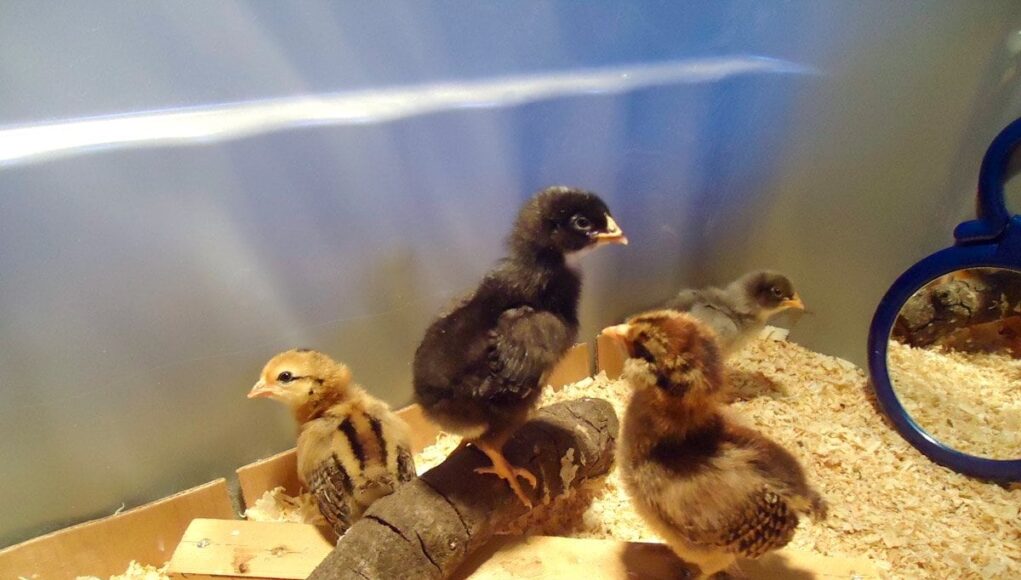Raising healthy chicks is a rewarding experience, but it can be challenging, especially when it comes to minimizing brooder mortality. Understanding chick brooder mortality prevention is crucial for every poultry enthusiast. This article provides a comprehensive guide to ensuring the well-being of your chicks from their earliest days.

The Importance of Proper Brooder Setup
A well-designed brooder is the first step in chick brooder mortality prevention. A brooder serves as a safe, controlled environment where chicks can thrive. It’s essential to have the right size, temperature, and ventilation to keep the chicks comfortable and healthy.
Choosing the Right Brooder Size
The size of the brooder is crucial. Overcrowding can lead to stress and increased mortality. Ensure that each chick has enough space to move around freely. A small brooder design can be efficient if planned correctly, as highlighted in this small brooder guide.
Maintaining Optimal Temperature
Temperature regulation is vital in preventing chick mortality. Chicks need a warm environment, especially in their first weeks. A heat lamp or brooder plate can provide the necessary warmth. Adjust the temperature as the chicks grow older to prevent overheating.
Nutrition and Feeding Practices
Proper nutrition is a cornerstone of chick brooder mortality prevention. Providing a balanced diet ensures that the chicks develop strong immune systems and grow at a healthy rate.
Choosing the Right Feed
Chicks require a special diet rich in protein and essential nutrients. Select a high-quality starter feed and ensure it is always fresh and dry. For tips on keeping feed dry, visit this feed management guide.
Feeding Schedule and Quantity
Establish a regular feeding schedule and monitor the chicks’ intake. Overfeeding can lead to health issues, while underfeeding can stunt growth and increase mortality.
Ensuring Cleanliness and Hygiene
Maintaining a clean brooder environment is crucial for chick brooder mortality prevention. A dirty brooder can harbor harmful pathogens that increase the risk of disease.
Regular Bedding Changes
Brooder bedding should be changed regularly to prevent the buildup of waste and bacteria. For more details on bedding maintenance, check this bedding change guide.
Using Safe Cleaning Agents
When cleaning the brooder, use non-toxic cleaning agents to avoid exposing chicks to harmful chemicals. Regular cleaning helps in reducing the spread of diseases.
Monitoring Health and Behavior
Regular observation of the chicks’ behavior and health is an essential part of chick brooder mortality prevention. Early detection of illness can prevent widespread issues.
Identifying Signs of Illness
Look for signs of illness such as lethargy, loss of appetite, or abnormal droppings. Consult a veterinarian if you notice any concerning symptoms.
Behavioral Observations
Chicks should be active and curious. Observe their interactions and ensure that they are not exhibiting signs of distress or aggression.
Eco-friendly Brooder Practices
Adopting eco-friendly practices not only helps the environment but can also contribute to chick brooder mortality prevention. Use sustainable materials and energy-efficient equipment.
Sustainable Brooder Materials
Consider using recyclable or biodegradable materials for the brooder. For more eco-friendly ideas, explore this eco-brooder guide.
Energy-efficient Heating
Implement energy-efficient heating solutions like solar-powered heat lamps to reduce environmental impact and maintain optimal brooder conditions.

Frequently Asked Questions
What temperature should a chick brooder be?
The brooder temperature should start at 95F (35C) for the first week, decreasing by 5F each week until it reaches room temperature.
How often should I clean the brooder?
It’s recommended to clean the brooder at least once a week or more often if it becomes soiled quickly.
What should I do if a chick appears sick?
Isolate the sick chick to prevent the spread of illness and consult a veterinarian for proper diagnosis and treatment.
For further reading on chick care, visit this comprehensive guide on brooder setup.
This article contains affiliate links. We may earn a commission at no extra cost to you.











